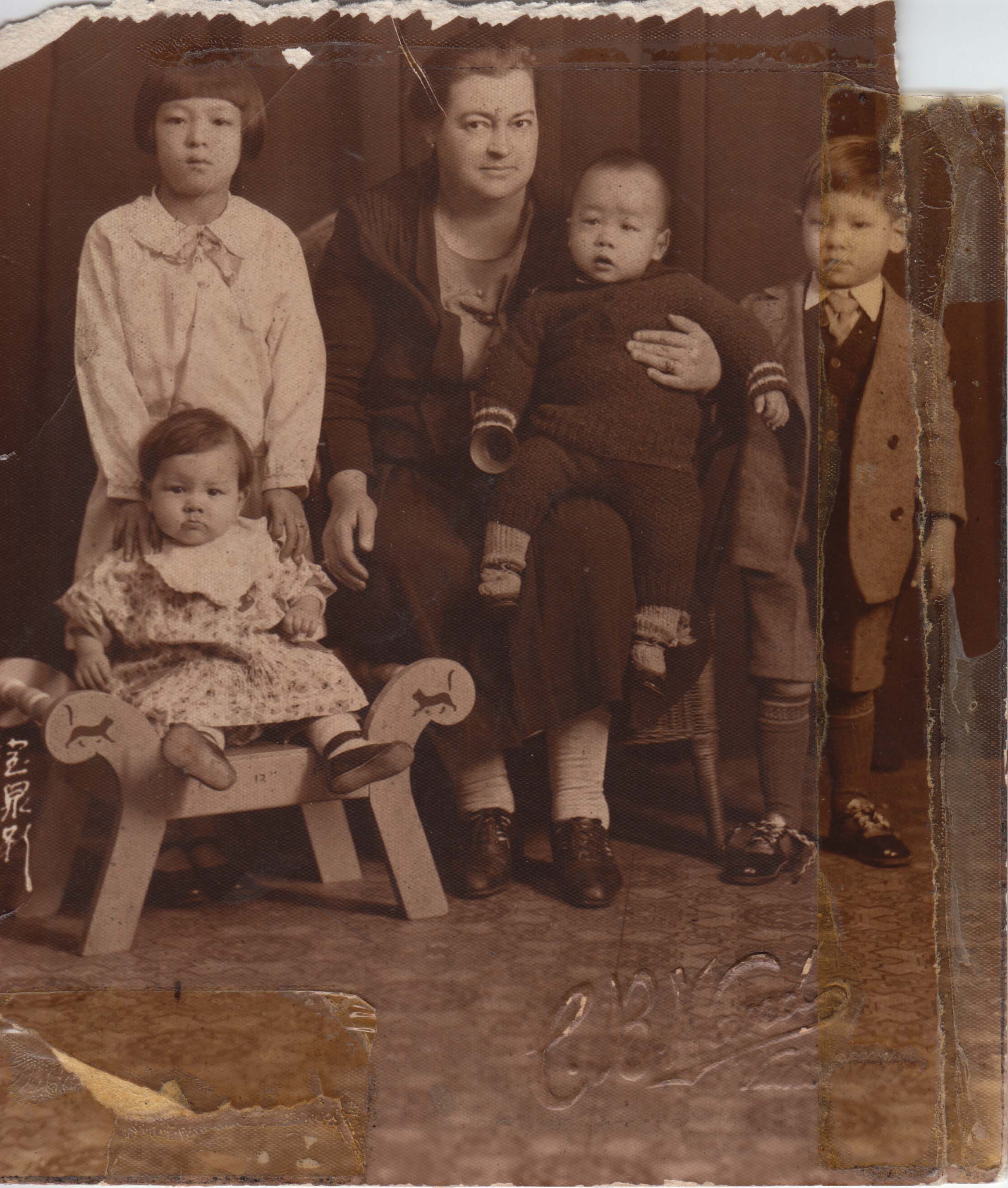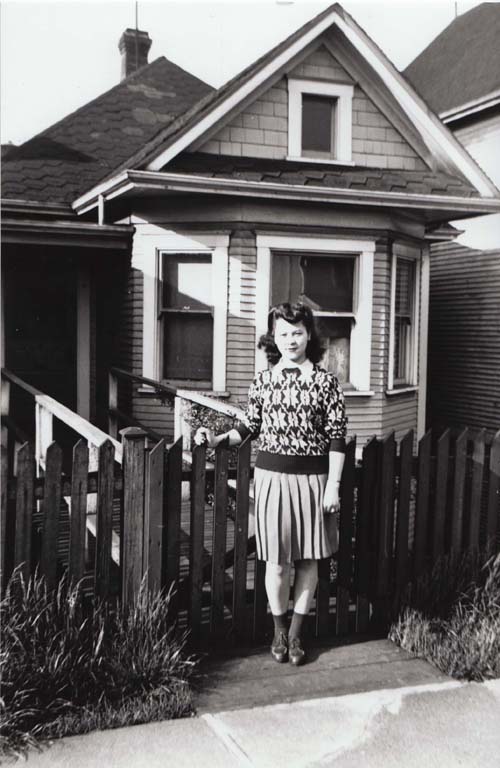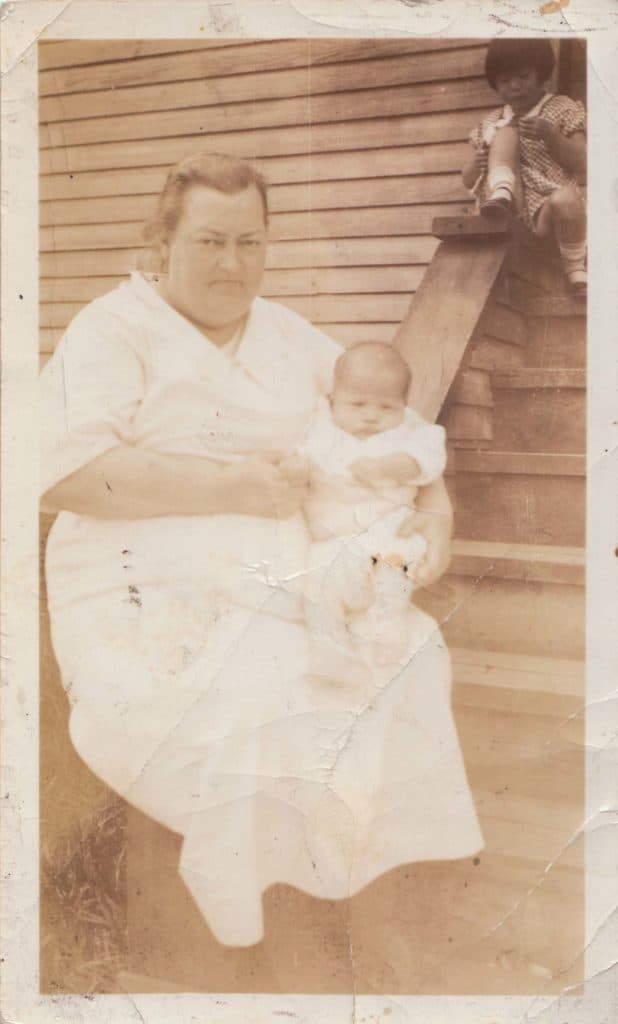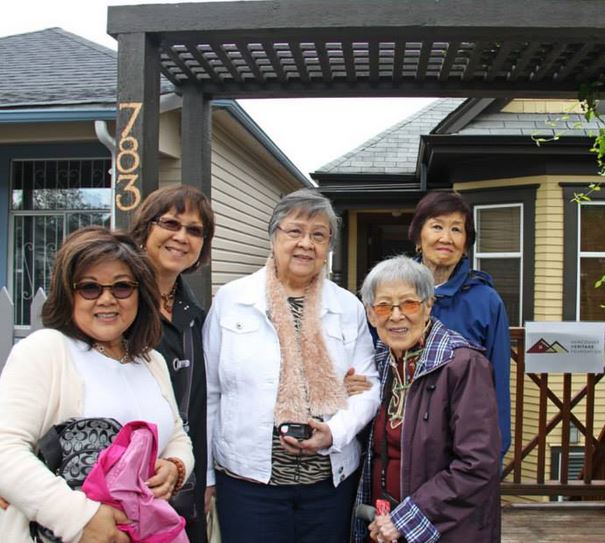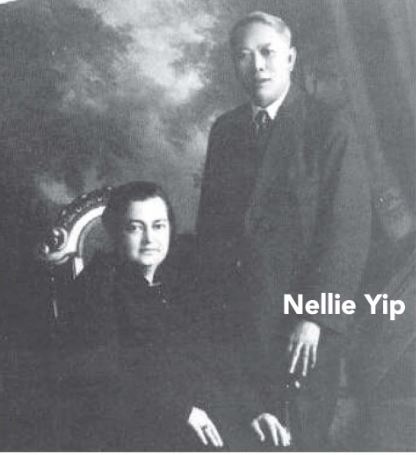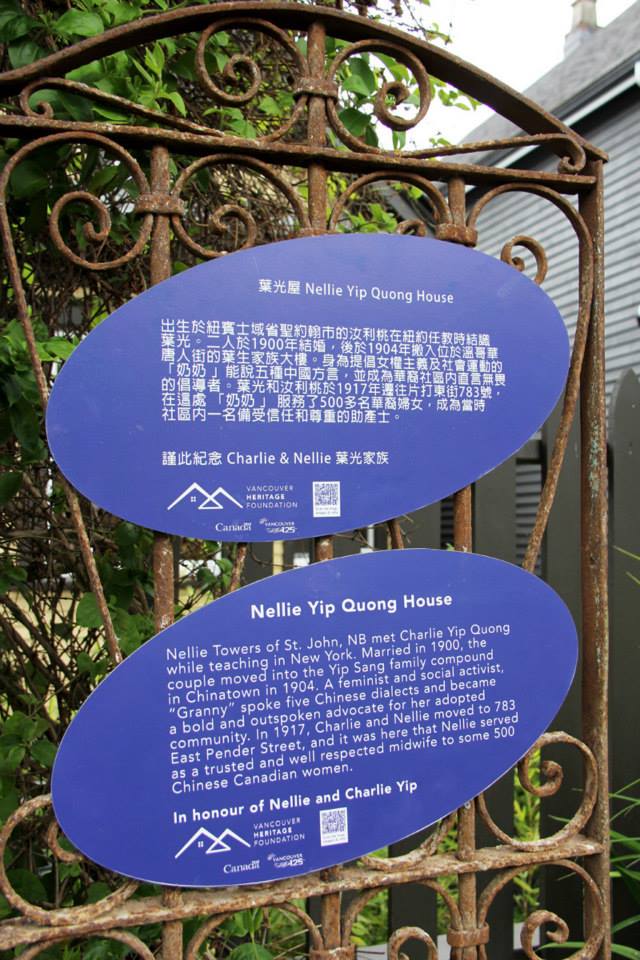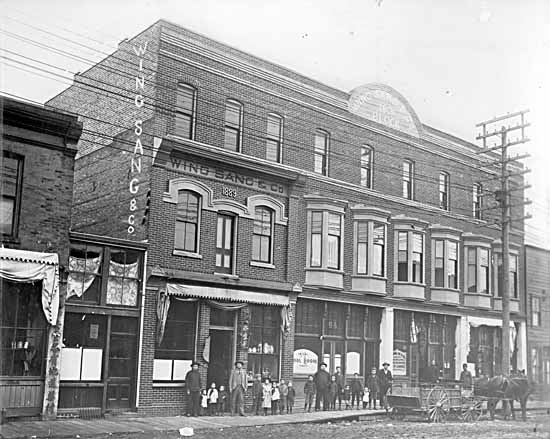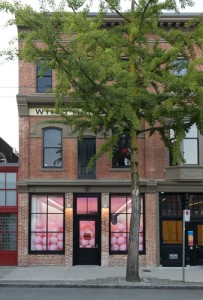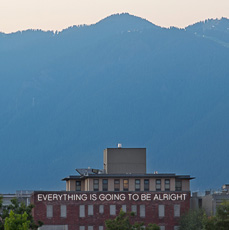Update: In February 2022 it was announced that the Wing Sang Building at 51 East Pender Street and reportedly the oldest in Chinatown, is going to be the new home of the Chinese Canadian Museum.
Story from Vancouver Exposed: Searching for the City’s Hidden History
In 2006, I wrote a story for Marketing Magazine featuring Bob Rennie and his move into Chinatown. Just two years before, Rennie paid a million dollars for the Wing Sang Building. He bought it sight unseen and didn’t go inside for the first six months. “People think I’m crazy,” he told me. “Do you want to go for a walk around inside? It’s scary.”
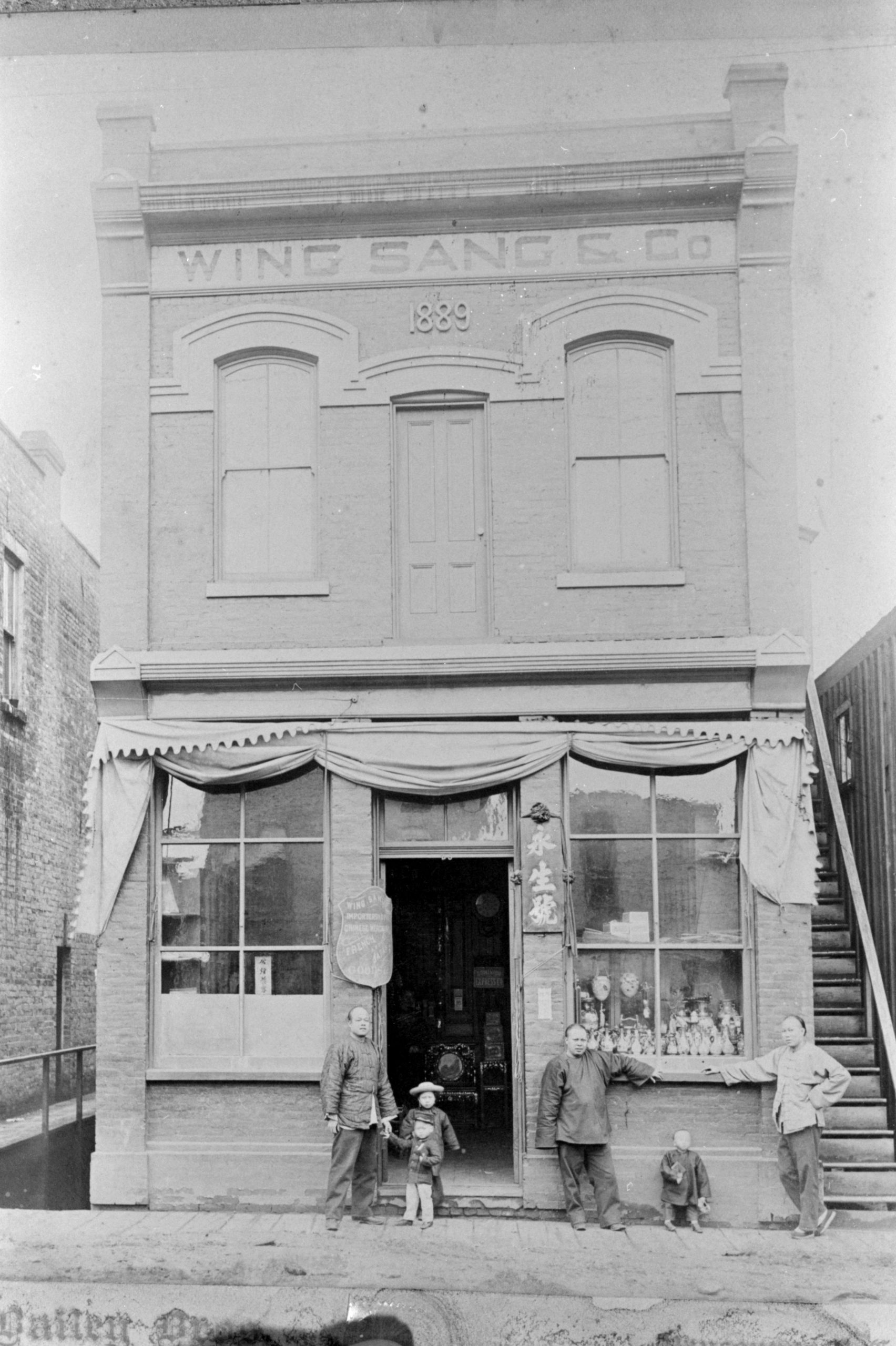
And it was, in a dilapidated, kind of fascinating way. I followed Rennie and his constantly ringing mobile into the bowels of the building. When we came to a boarded-up door, Rennie looked around, rolled up his expensive shirt sleeves, and found a shovel to lever off the bar. Then we were climbing up six flights of stairs, past rat traps, broken windows and old stoves.
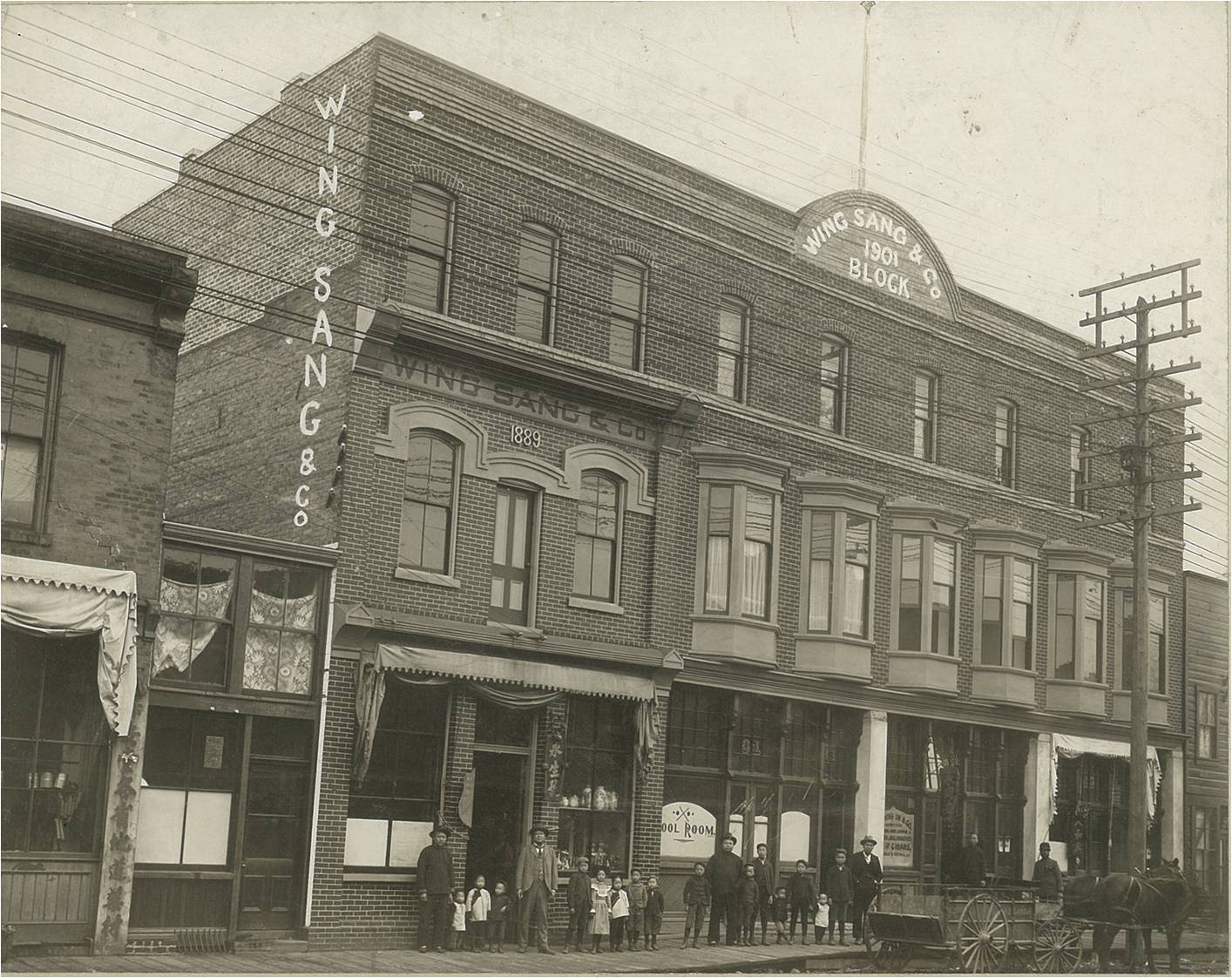
Built in 1889:
The original building, a two-storey Victorian Italianate structure went up in 1889. That was back when the population of Vancouver was around 15,000 and extremely hostile to the Chinese. Yip Sang operated an import/export business, a bank and a travel agency and sold everything from Chinese silks and curios to opium—which was legal until 1908. He added a third storey in 1901, and in 1912, a six-storey building went up across the alley. It was connected by an elevated passageway to include a warehouse, a meeting place, and a floor for each of his three wives and their 23 children. Because there were so many offspring, they were each given a number in order of their birth.
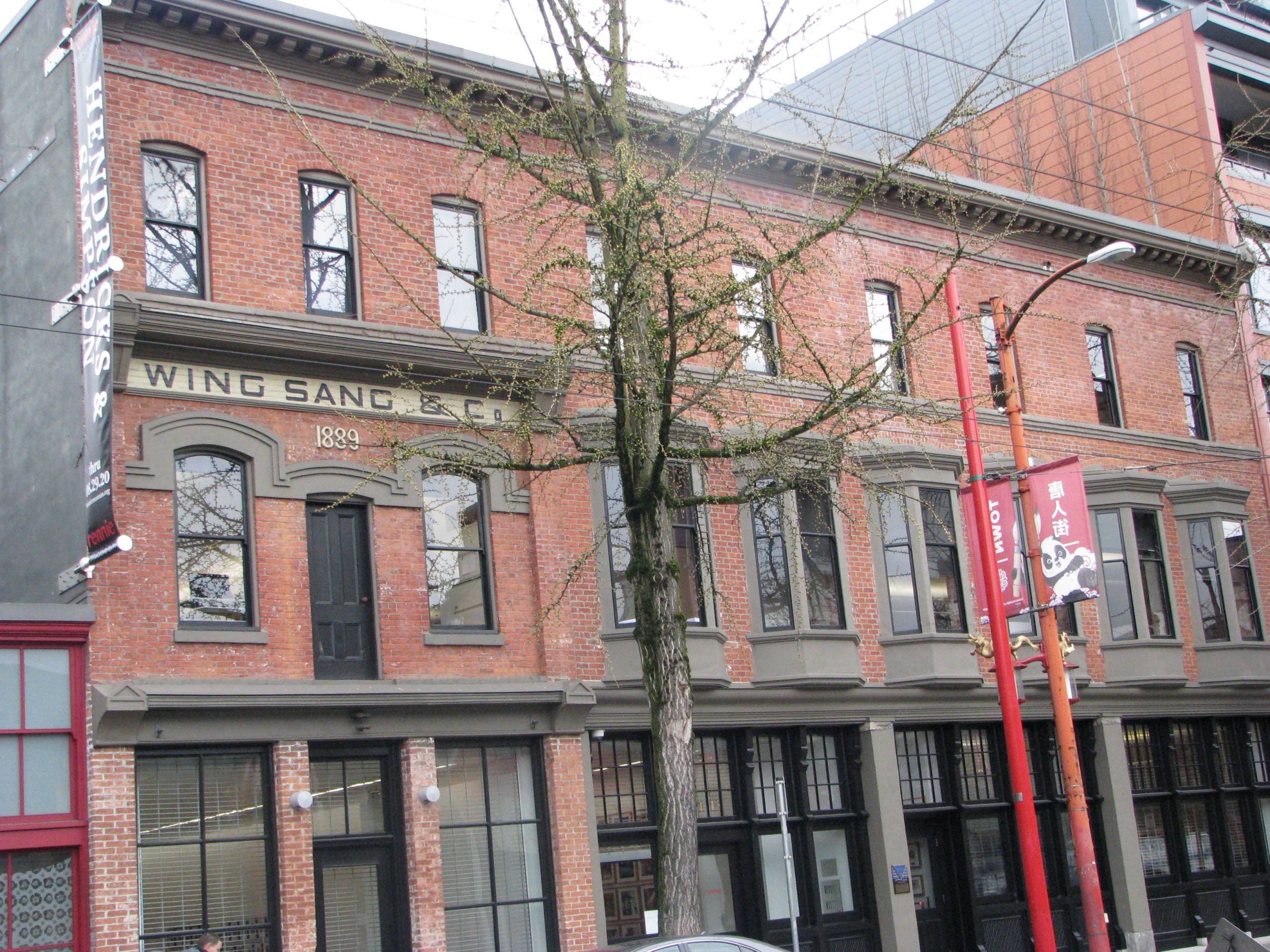
Henry Yip, son of Kew Mow, number three son of first wife, was born in 1917 on the fourth floor of the building. He was only 10 when his grandfather died, but when I talked to him in 2006, he told me he remembered Yip Sang as a “Disciplinarian.” “He used to sit beside a potbelly stove next to the doorway of at the front of the building smoking his pipe and watching everybody go in and out.” Yip Sang had a strict curfew and would lock out family members not home by 10 p.m.
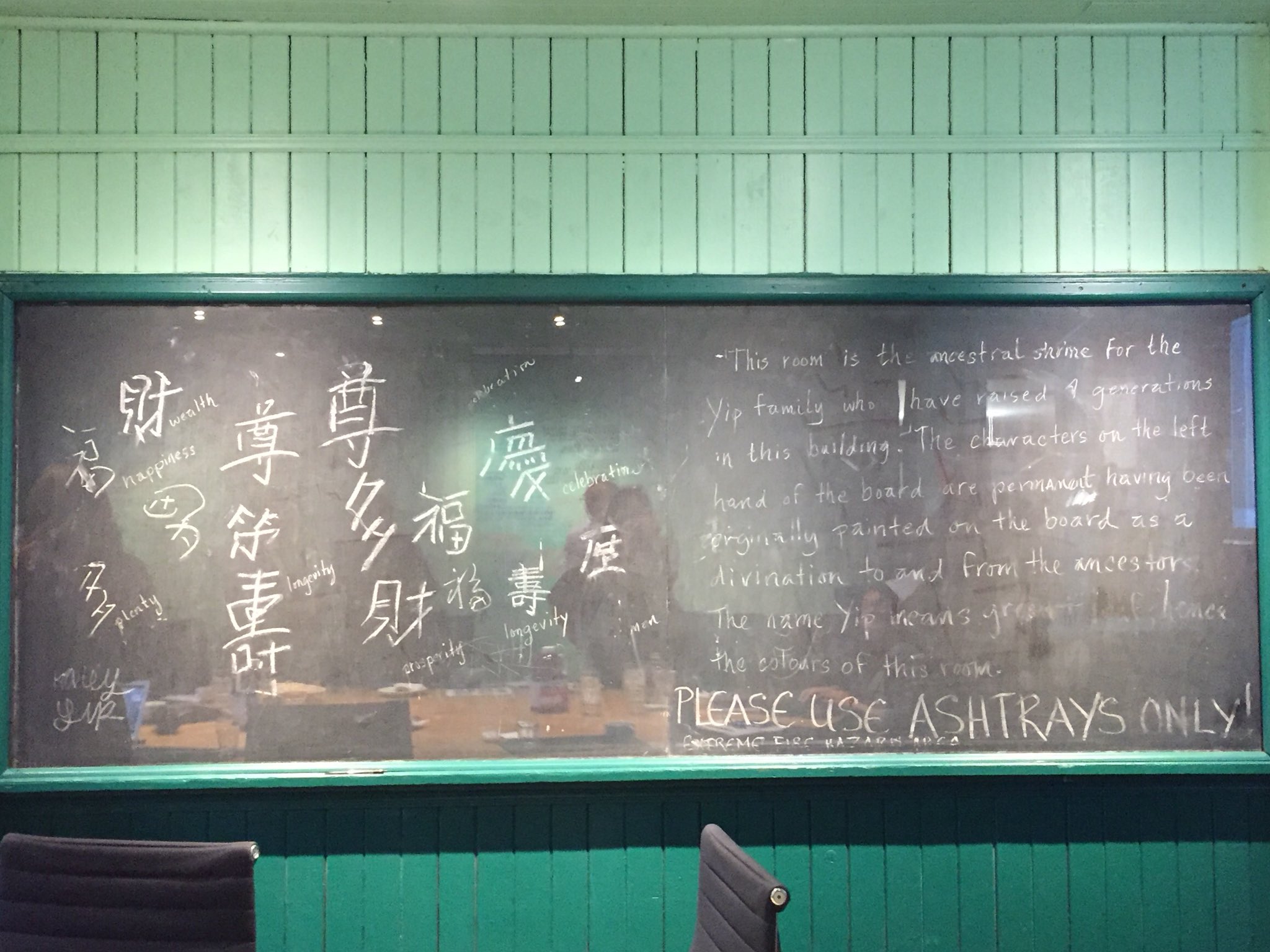
$10 million renovation:
Shortly after my tour, Bob Rennie spent $10 million to turn the back of the building into a private art space to house his massive art collection. He left the original Chinese schoolroom untouched and put a neon sign that says “EVERYTHING IS GOING TO BE ALRIGHT” on the building’s rooftop garden. Bob regularly holds free public tours of the building and art gallery, and at one point it became a satellite gallery for the Royal BC Museum with an exhibit by a young Emily Carr.
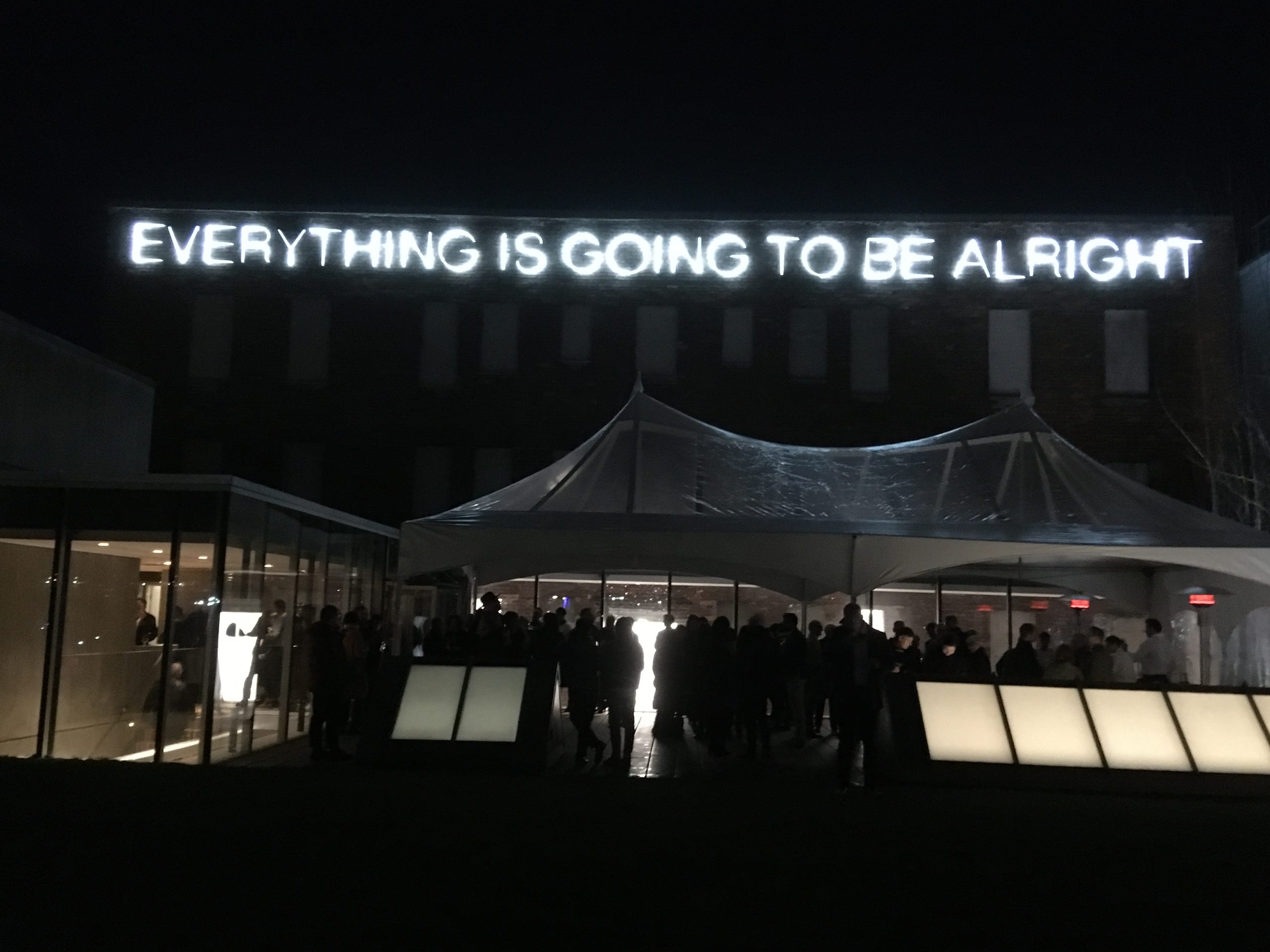
© All rights reserved. Unless otherwise indicated, all blog content copyright Eve Lazarus



